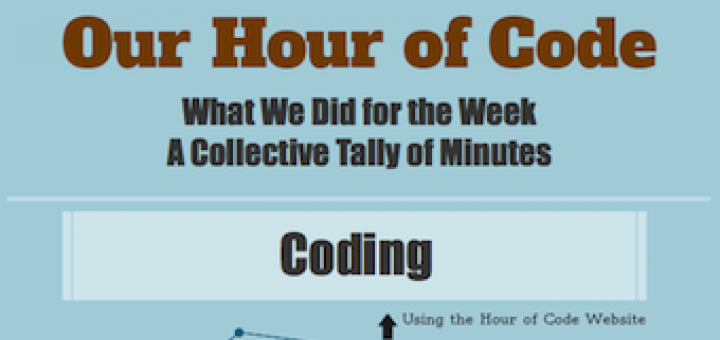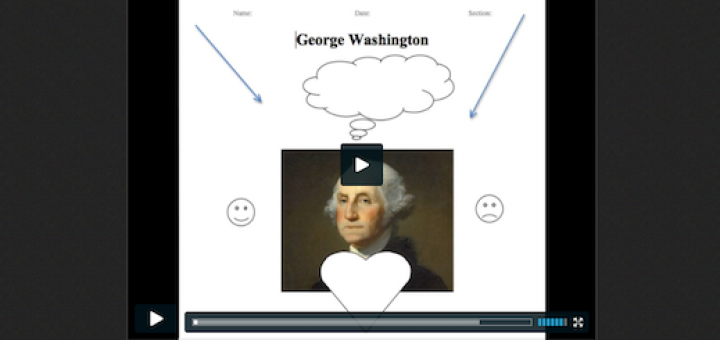Teaching and learning in grades 4-8
What does the annual avalanche of diet advertising mean to the classroom teacher? It’s a teachable moment, says media literacy expert Frank Baker — an opportunity to sharpen visual literacy and critical thinking skills and bring the Common Core standard for argument writing into play.
If our English Language Arts students don’t learn the basics of reading and writing computer code, asks middle grades teacher Kevin Hodgson, how can we be sure they will grow up to be creators of ideas and not just users of information created and managed by others?
In Whole Novels for the Whole Class, Ariel Sacks offers a student-centered approach that promotes love of reading and deepens discussions, says reviewer Heather Wolpert-Gawron. Sacks’ documented strategies also address Common Core standards.
What better way to start a New Year than with a good read? Our MiddleWeb reviewer/educators have a stack of professional books reviewed and ready for your selection. You’ll find content area titles, teaching strategies, leadership tips – and, of course, the Core.
Science educator Anne Jolly’s reflections on the upcoming year include a specific list of “hopes” for STEM leaders, teachers, and students. Taken together, they represent some of the best ideas for STEM “resolutions” you’re likely to find!
History teachers can adopt flipped teaching techniques and remain true to their constructivist pedagogy, says Jody Passanisi. In her classroom, Passanisi creates videos that walk students through classroom procedures, explain tricky assignments, model writing or review test concepts — “anything procedural or to supply basic information.” The time she saves is invested in deeper study and individual help.
Reviewer Linda Biondi likes everything about the new edition of Jeff Wilhelm’s popular book on improving comprehension by “thinking aloud.” Lots of examples from the classroom, a DVD with teachers using the strategies in class, and it’s CCSS-aligned.
Teach Smart by PJ Caposey and Todd Whitaker lays out an easy to use guide for how to help each teacher get better at the craft, says reviewer Stephanie Rosch. The short book includes “real life examples of classrooms, practical strategies for any grade level, and black line masters for some of the strategies.”
Mary Tarashuck recalls the holiday Venn diagrams she and her 4th graders organized for the first grade kids and imagines some circles of her own – celebrating her colleagues and her past accomplishments and setting some goals for the future.
In Celebrating Writers: From Possibilities to Publication, Ruth Ayres & Christi Overman provide clear, powerful ways to recognize and encourage the writer in all students – even those reluctant ones, says middle grades ELA teacher Kevin Hodgson.







































